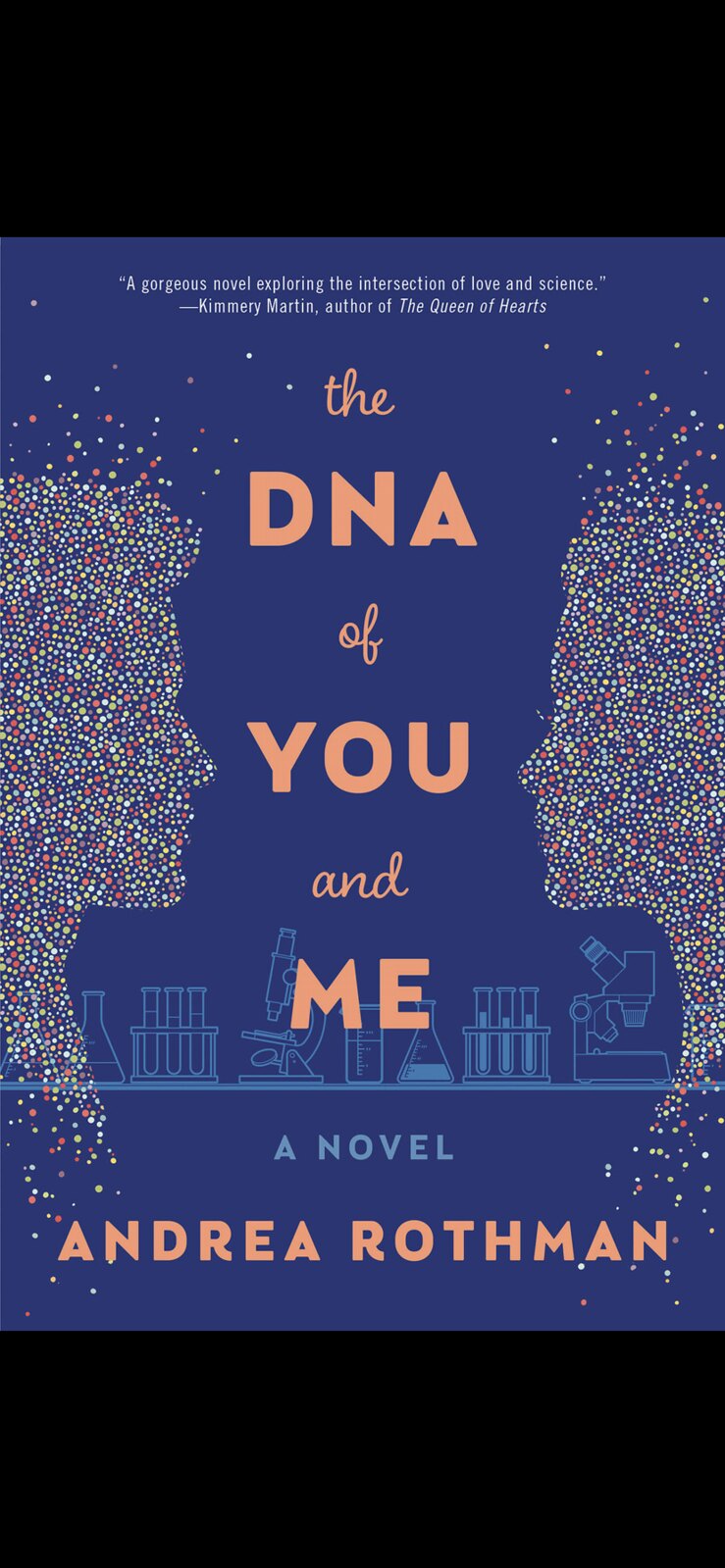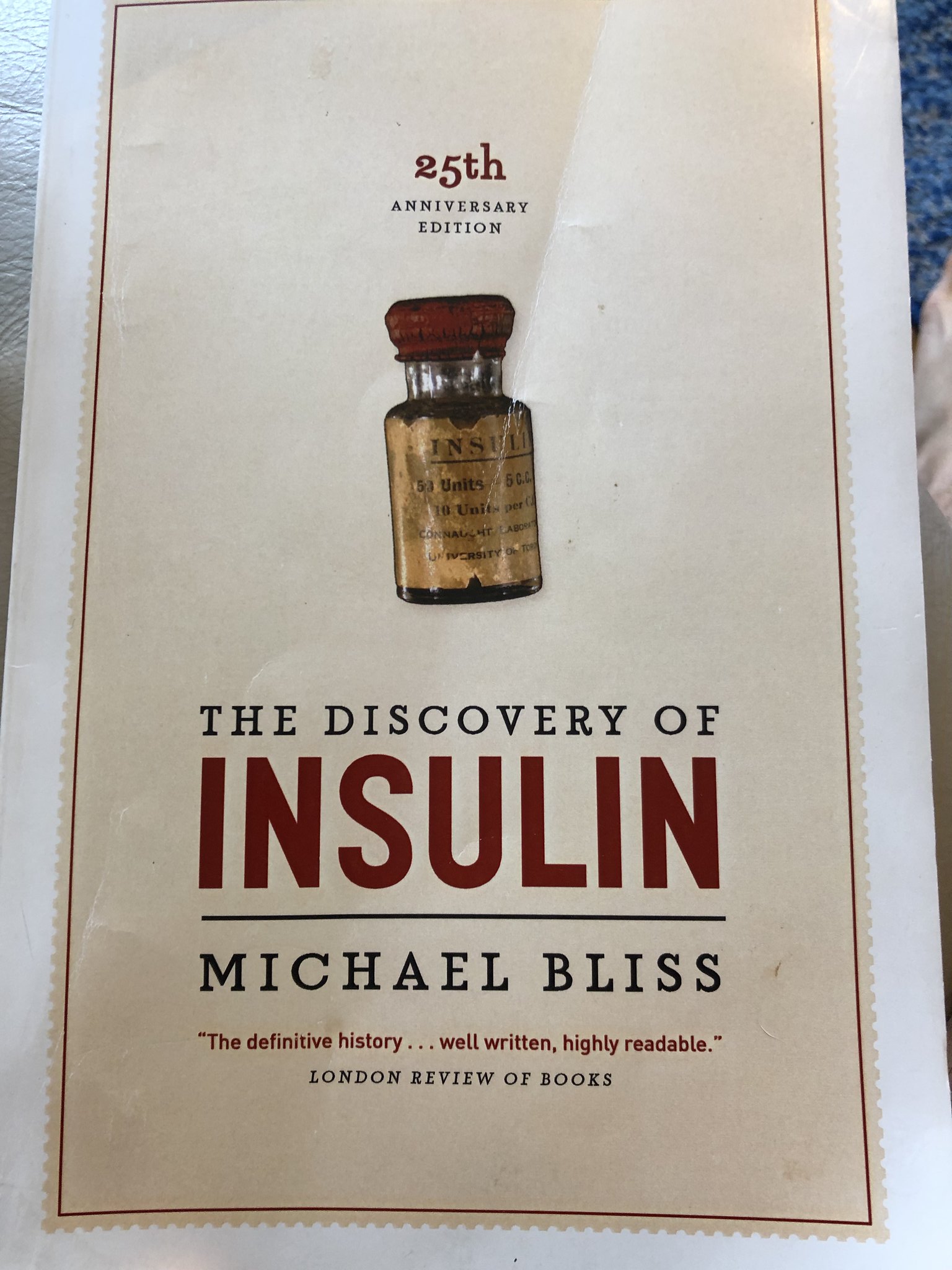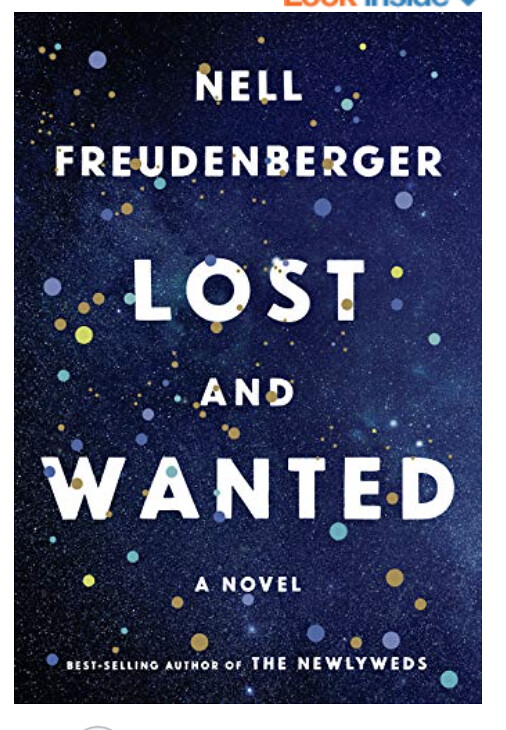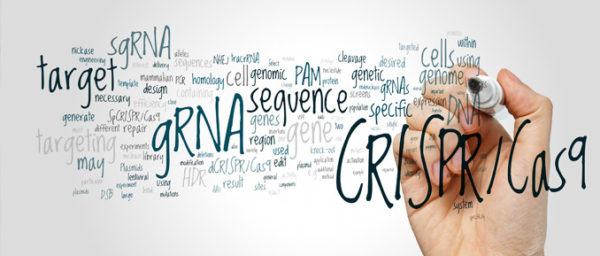It seems that people are apt to try and recreate or relive their greatest successes, and it turns out that I am not immune to this behavior. Some years ago, a combination of exasperation and disbelief coupled with an attempt to educate others led me to publish a satirical piece called “How NOT to get a lab job.”
In those years I was besieged with a multitude of poorly conceived and written emails from scientists wishing to join my lab as a postdoctoral fellow. I had emails addressed to “Dear Madam/Sir,” as though the writer had never bothered to assess with whom he/she would like to work. Other requests were sent to my email, but addressed to other scientists. Others still urged me to hire their spouse, or told me they like my project on –and here they cut and pasted the entire synopsis of my work from my website, different color font and different style/size text and all! In my analysis of these emails, I tried to illustrate to the reader how such emails were perceived from the standpoint of the employer—the person running the lab.
Remarkably, the satirical piece that I published on Lablit.com received a lot of attention, and I was swamped with comments from many scientists who appreciated my attempt at humor—and from several who did not. And now, years later, I still struggle at trying to surpass this achievement. And finally, I had an idea…
Every scientist spends countless hours listening to seminars—but not all seminars are created equal. There are good talks, and there are talks that need significant improvement. And while I try to remain positive and polite with my critiques, it seems that I open my mouth more than most—and thus, a colleague asked me: “You seem to have a pretty good idea about how seminars should be delivered—how about putting your money where your mouth is and giving a lecture to our trainees on the art of delivering a seminar?”
I had now effectively painted myself into a corner, and it was time to “put up or shut up.” And I guess that I just don’t have it in my DNA to shut up. And thus, my little seminar, “How *NOT* to Deliver a Seminar,” was born…
Lesson #1:
The key, I surmised, was to lead by example. So, after being introduced, I stood up, walked over to the front of the lecture hall, buried myself behind the podium so I was virtually invisible and unable to make eye contact with a single person in the audience, and began to mumble quietly so that anyone farther away than my belly-button would not comprehend a word. I then flashed on my “title slide.”

There is nothing like yellow-on-white background so as to be poorly visible to the audience—and when there are spelling mistakes, inconsistent spacing between words, and no affiliation listed for the seminar speaker (and so on)—well, perhaps it is better if it is not easily visible to the audience….
Lesson #2:
Connecting with an audience is very important, as is delivering good content that is well organized. But that is not enough. So I moved to my second slide.

As it turns out, a great way to lose an audience is to pack a slide full of words/sentences/paragraphs, with no respite for the weary. Drone on and on. The typical scientist in the audience will likely not even get to the third written line before abandoning hope of reading whatever is written, and start to tune out.
Lesson #3:
The Model. Every scientist appreciates a “model”—a simplified explanation of the best-guess for how something actually works. Models can be expanded upon, modified, altered, or even switched around completely, depending upon new incoming data that supports, negates, or allows modification of the model.

But when the model looks more like circuitry for the wiring of a hard drive or nuclear transformer, and the lecturer does not focus in on a more select arm of such a tangled and complex pathway, this is another great opportunity to elicit snores and provoke latent narcoleptics into acute ones.
Lesson #4
Scientific terminology is cumbersome. Perhaps because scientists want to show off their ability to rattle off big names, or perhaps because the big names help formulate the accurate descriptions that scientists desire.
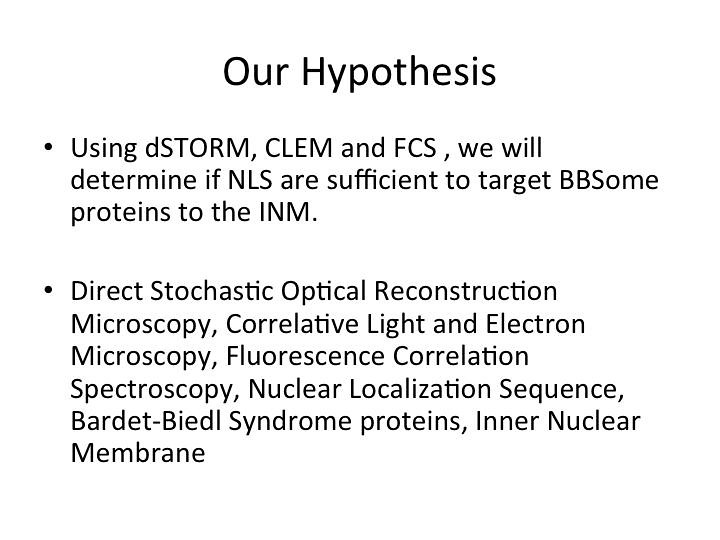
In any case, lecturers often use a variety of acronyms to make their talks easier—easier for the lecturer and harder for the audience! When introduced once and usually rapidly, a typical person in the audience will have a difficult time remembering that dSTORM stands for direct Optical Stochastic Optical Reconstruction Microscopy, or that BBSome is derived from Bardet-Biedl Syndrome.
So to help put things in perspective, and not only show what NOT to do, I formulated an abbreviated series of recommendations for the presentation of a seminar–in other words, WHAT TO DO:
Why bother? Is it worth my time?
- Every opportunity is a chance to improve, practice oral presentation skills, learn to better field questions.
- Never underestimate the significance of impressing other researchers and faculty, networking, and being able to solicit strong letters of recommendation from faculty other than one’s direct mentor.
- Being able to explain your work to a broad audience means that you may benefit from great ideas from someone outside your field, and also might potentially lead to beneficial collaborations.
In summary: Preparing a well-conceived post-doctoral seminar is key to obtaining a job
Professionalism
What constitutes a professional seminar?
- The seminar is practiced (the more the better) and timed to the appropriate length
- The slides are effective: clear, simple, and with good-sized words/text, images and graphs. Avoid overly crowded and complicated slides.
- The slides should be very carefully vetted for proper spelling and grammar.
- It is good practice for every slide to have a clear, concise informative title that summarizes the point of the slide.
- Speak loudly and clearly. Use a microphone if you have a soft voice. It is YOUR responsibility to make conditions so that the audience can hear and follow you.
- Don’t hide behind the podium. Talk to the audience whenever possible (rather than look at the slide), make eye contact and continually look at different parts of the audience/room.
Content (for a ~40 minute talk)
Introduction/Background (10-12 min.)
*This section should start broadly and slowly work toward the specific question(s) asked.
*If given in a diverse forum, it should be presented so that those outside the field and not familiar with the details can still follow.
*Do not include an abundance of extraneous information; everything you include should tie in and make sense when you bring up the specific question(s) asked.
The HYPOTHESIS (Objective/Goals) of your study should be understandable by the audience once the Introduction has been completed.
Hypothesis (Objective/Goals)
*The key to a good seminar is appreciation of the rationale. The logic of how the seminar is put together (the “flow”) and whether the questions and experimental design make sense and address the most important questions is crucial.
*A well-articulated (and simple) Hypothesis or Objective is essential—basically outlining your research mission in a nutshell—and in many cases a simple schematic model can be very helpful to get the message across.
Results/Data
*Ask a specific question before each data set. Sometimes a separate slide with a simple question really helps people follow.
*Use this type of format: 1) “We asked the following question….” 2) “To answer this question, we used the following approach…” 3) “From this data we can conclude the following…”
*Informative titles for each data slide help the audience follow.
*Make an effort to have good transitions from slide to slide: Example: “Now that we have shown that the sky is blue, we next asked whether the ground is also blue…”
*Beware of presenting overly technical information, or information that doesn’t fit well into the overall rationale.
*Remember the “Peak Effect” and that often “more is less.”
Conclusions/Summary
*While it is important to summarize as you move along through the results, at the very end of the seminar an overall conclusion slide should summarize the most important points learned.
*This information should essentially be simple, concise “take home information” that someone who slept through the entire talk could write down and still have learned something.
*Don’t rehash every point made, but give a general summary of the most significant things learned.
*If possible, a schematic diagram helps most people better conceptualize pathways and cascades, and gives much-needed perspective.


